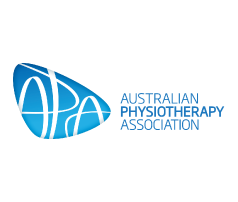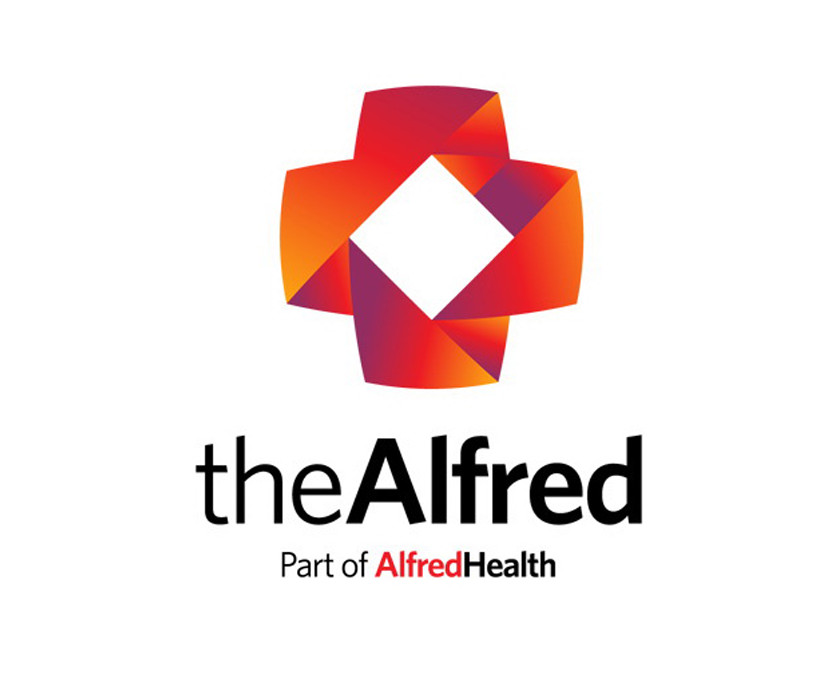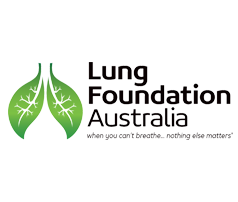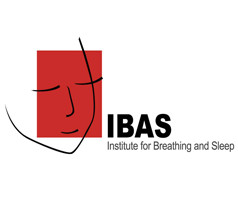Expiration with an open glottis in the lateral posture (L’Expiration Lente Totale Glotte Ouverte en décubitus Latéral – (ELTGOL)
ELTGOL is a technique used for:
Clearance of excess secretions from the lungs
Improving ventilation in the lungs
This technique has been described as an active technique or an active-passive or active-assisted technique. It is performed in a lateral position. The aim of the technique is to control the expiratory flow rate to avoid airway compression and increase mucus clearance.
In this technique, a patient adopts a lateral posture or a lateral decubitus posture. The affected lung is in the dependent position. A patient commences breathing normally, at tidal volumes. They are then instructed to perform a series of slow expirations with an open glottis. Expiration from functional residual capacity to the end of the expiratory reserve volume are encouraged to achieve maximum infralateral lung deflation. To assist in maintaining an open glottis, a mouthpiece may be used, to decrease the degree of airway compression.
Active physiotherapist support may be applied, with the therapist positioned behind the patient, with one hand on the patient’s abdomen and one hand on the patient’s thorax. During the slow expiration, the physiotherapist applies a slow thoracic and abdominal or abdominal only compression to enhance lung deflation. A patient may also perform this technique independent of a therapist, although the degree of expiratory reserve volume exhaled may be less.
Prescription:
A series of three ELTGOL may be performed, with each series composed of approximately 10 slow and deep expirations. In between each series of maneuvers, a rest period (around 1-2 minutes) is provided, with the patient staying in the same position. A typical treatment lasts for around 20 minutes.
The patient should be given written instructions, including the technique and prescription.








